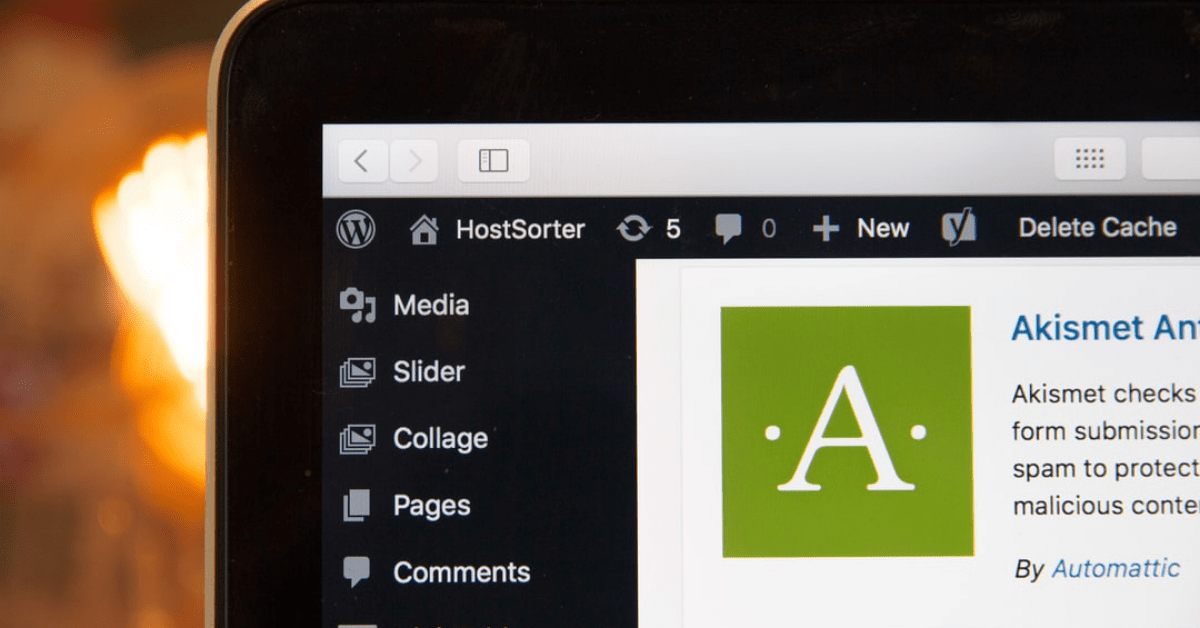In today’s job market, it’s crucial to set yourself apart from other candidates and offer something they’re not. One such way to do so is with a personal website. Asked if they’d hire someone who had a great personal site, one hiring manager responded in a single word:
“Absolutely!”
Now that we know hiring managers will be impressed by a personal website, the next question revolves around what it entails. In this post, we detail what you need to know to get your website started as well as what should be included.
How to Get a Website Started
While much thought should go into your website’s design and layout, the intricacies of building your own site is a post of its own. However, most website projects begin with these relatively simple steps:
- Register a Domain Name – A domain name is your site’s unique address (e.g., psci.com). Choose one that suits you but keep in mind that domain names have an impact on SEO (search engine optimization). If you want your website to be on the first page of Google when people search your name, you may want to include it in your domain.
- Pick a Hosting Provider – A web hosting provider is a company that enables businesses and individuals to make their websites available on the World Wide Web. Hosting providers can vary greatly, so using sources such as Digital.com to choose the one best for you is advised. (It should also be noted that you can register a domain name through your hosting provider, and that option can prove to be cheaper).
- Choose a Website Builder – Website builders are tools that typically allow the construction of websites without manual code editing. There are a number of website builders on the market to choose from with each offering different designs, features, functionalities, etc. This very site was created using WordPress!
- Design Away!
What a Personal Website Should Include
A Compelling Landing Page
Think of the landing page for your website as your cover letter. Proper cover letters should convey your passion and talent for what you do. Since this will be the first thing a recruiter, or potential employer, sees, it’s important to get it right. In that regard, look to include:
- Your current role or profession, highlighting your skills and relevant experiences.
- An excitement and enthusiasm for your profession.
- Your most significant professional achievements.
- An explanation of what makes you the right person for the job (in a general sense).
While writing your intro, however, try to keep it succinct (no more than a few short paragraphs). While your professional achievements may be long, there are other places to include them.
Your Professional Accomplishments
If your landing page has done its job, the hiring manager, recruiter, or inquiring mind is likely to go looking for more about you. On its own page then will be your chance to elaborate on your previous projects and accomplishments. There, list your projects along with explanations as to what those projects were about. Detail the objectives, how you went about making decisions, and the outcomes that were achieved.
Hopefully, you’ll have a couple of stand-out projects from current or previous jobs that you’ll be able to highlight. If you don’t, it’s perfectly okay to share something you’re proud of – it is your website after all!
Some Personality
Resumes and LinkedIn profiles give your professional work history. Social media pages, such as Facebook, Twitter, and Instagram, share your personal life. Your personal website should do both. So, don’t be afraid to showcase your personality.
If your website doesn’t feel like a genuine reflection of who you are, hiring managers may get turned off. The idea of a personal website is to go the extra mile to really sell yourself. Simply throwing up words on a computer screen will do little more than what a resume can accomplish. This is your opportunity to show your creative side.
Design wise, your site doesn’t have to be stunning. Of course, if you’re a web or graphic designer, it certainly wouldn’t hurt. With the templates and themes available through sites such as WordPress, much of the design elements have already been taken care of for you. You should take the time, however, to arrange the layout, add some imagery, and frame your content in an aesthetically pleasing way.
So, stand out from the competition, invest some time and effort into building your own site, and help potential employers remember you!








